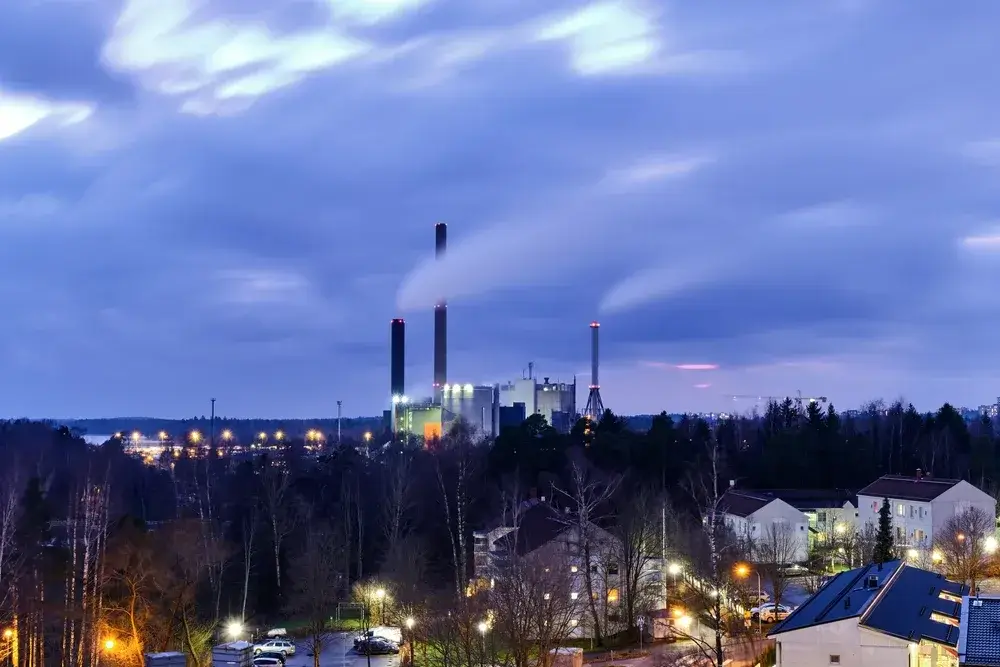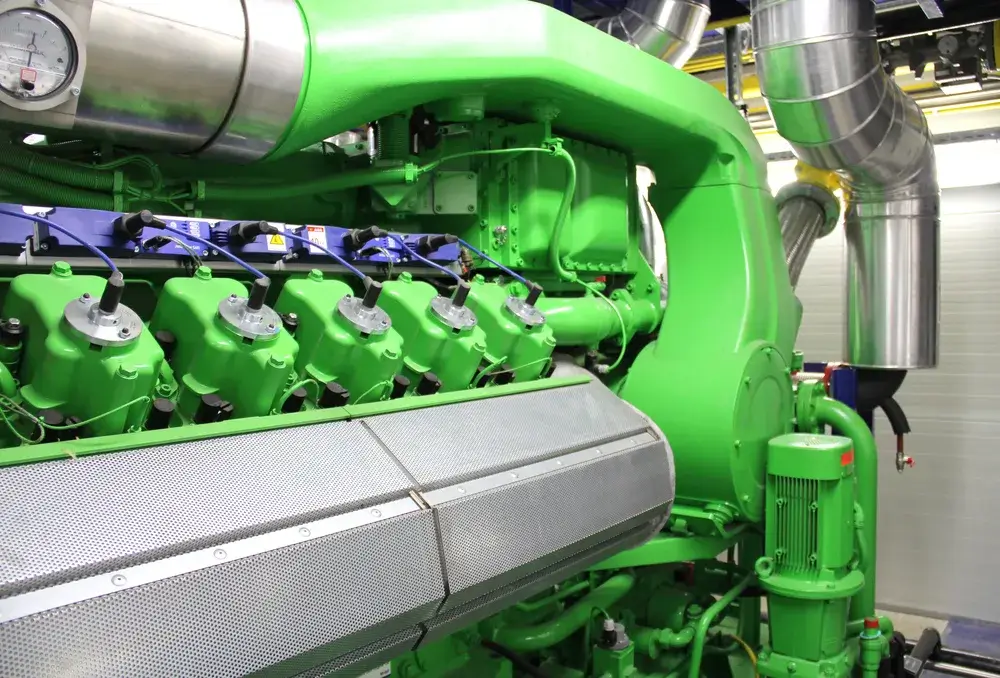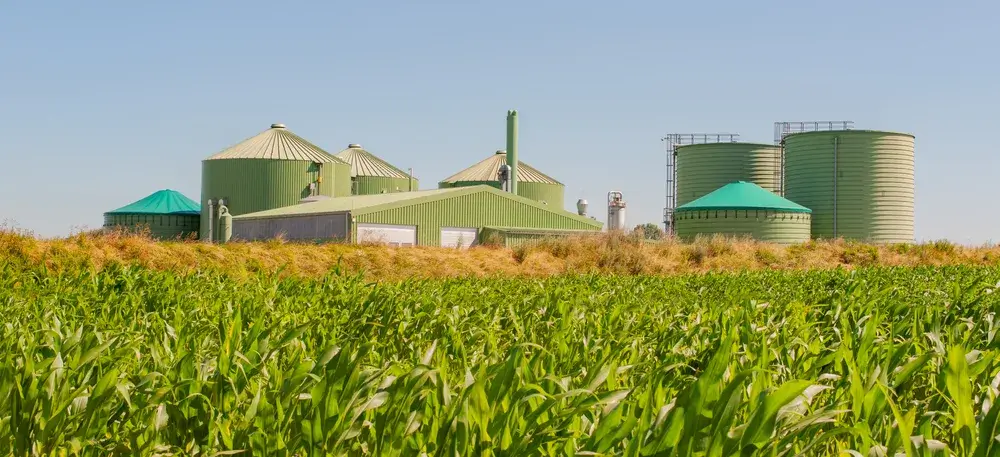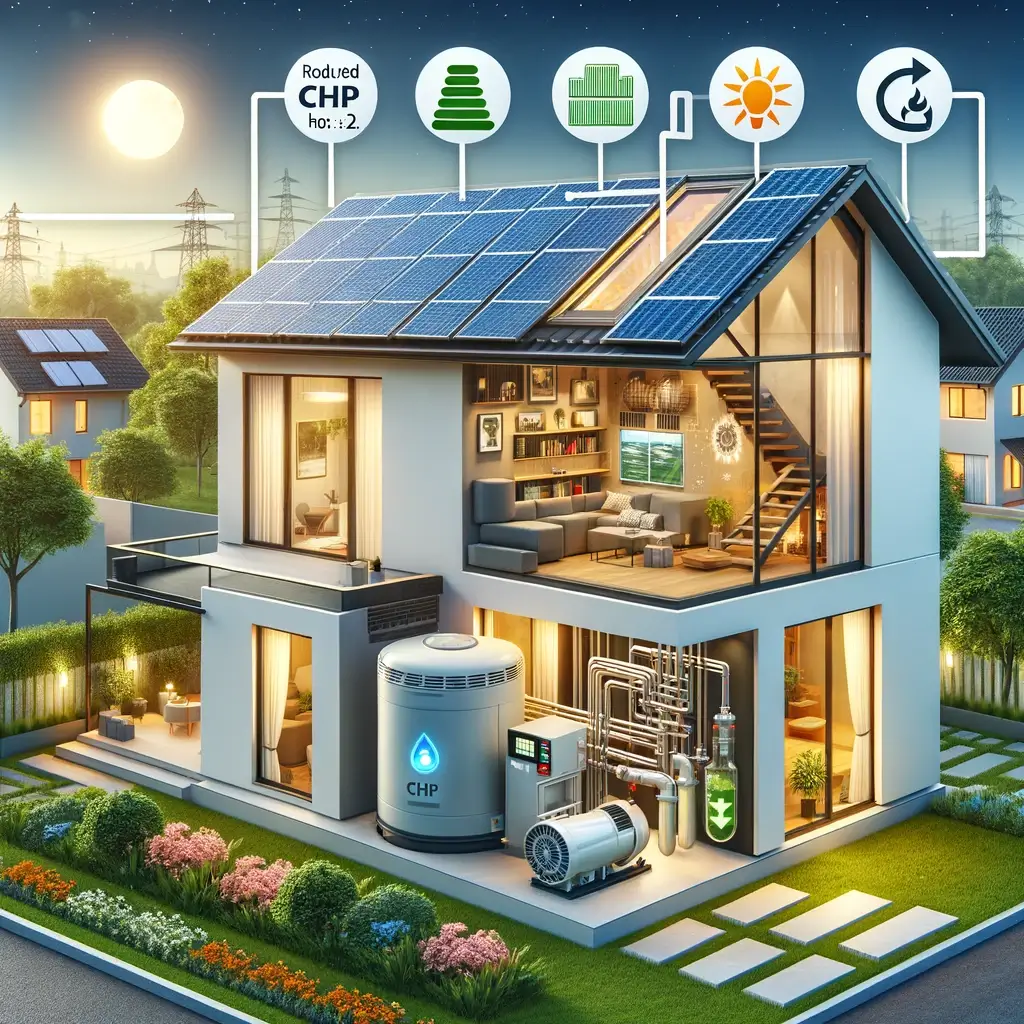Combined heat and power
Dive into the efficient world of Combined Heat and Power (CHP) with our dedicated category on the PowerUP blog, where we spotlight this method of producing both electricity and thermal energy from a single fuel source. Our articles dissect the mechanics, advantages, and sustainability of CHP systems, illustrating how they achieve high efficiency and reduce greenhouse gas emissions. Join us as we explore the latest advancements and case studies, demonstrating CHP's critical role in crafting a more sustainable and energy-efficient future.
8 benefits of combined heat and power

Browse category
How does combined heat and power (CHP) work?

What is meant by cogeneration?

What is the heating system of the future?

Combined Heat and Power Plants – our detailed guide

Is it worth it? An overview of the costs of a combined heat and power plant

The combined heat and power plant in a single-family house — what you need to know


